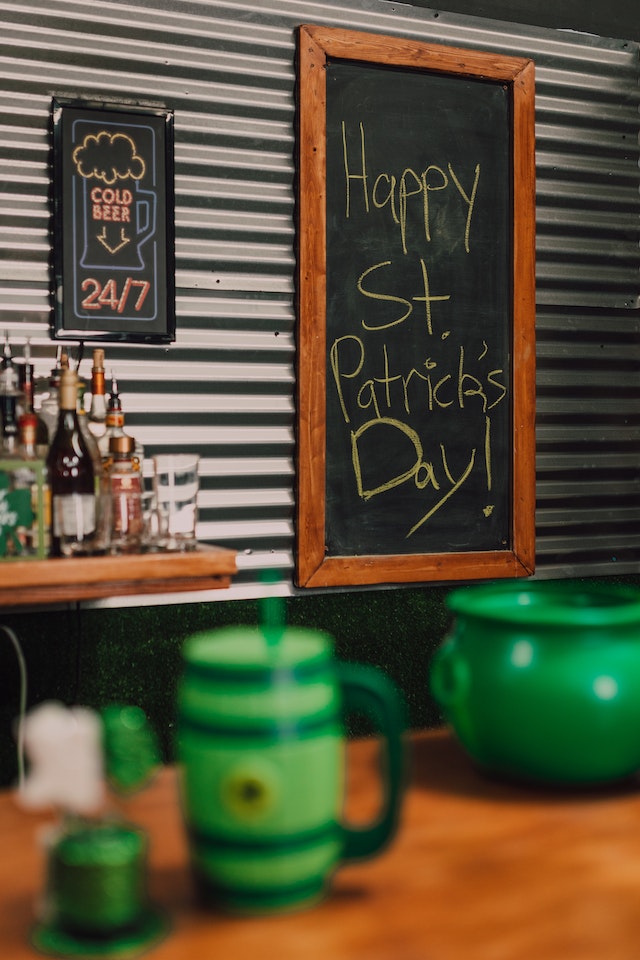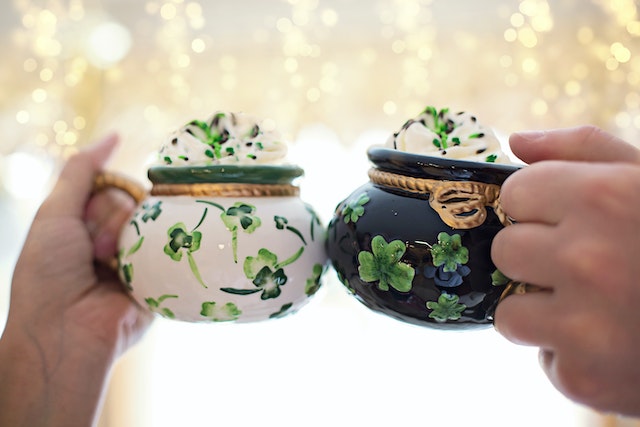St. Patrick’s Day is a popular holiday that is celebrated on March 17th every year. It is a day of joy, celebration, and cultural significance, especially in Ireland and its diaspora worldwide. The day is marked with various festivities, including parades, music, dance, and green-themed decorations. In this article, we will explore the history and significance of St. Patrick’s Day and how it is celebrated worldwide.
Table of Contents
History
The history of St. Patrick’s Day dates back to the early 17th century when it was made an official feast day in the Catholic Church. It commemorates Saint Patrick, the patron saint of Ireland, who is credited with bringing Christianity to the country. Saint Patrick was born in Roman Britain in the 4th century and was kidnapped and brought to Ireland as a slave when he was a teenager. During his captivity, he became a devout Christian and, after his escape, he returned to Ireland to spread the gospel. He is known for using the shamrock, a three-leafed plant, to explain the Holy Trinity to the Irish people.

In Ireland, St. Patrick’s Day has been a public holiday since 1903. The day was traditionally observed as a religious feast day, but it has evolved into a secular celebration of Irish culture. Today, the holiday is celebrated by people of all ages, both in Ireland and around the world. One of the most iconic symbols of the day is the color green, which is often associated with Ireland and the shamrock.
The St. Patrick’s Day parade is a significant event in many cities around the world, especially in Dublin, Ireland’s capital. The parade features colorful floats, marching bands, and performers in traditional Irish costumes. It is an opportunity for people to come together and celebrate Irish culture and heritage. In some cities, the parade also includes a traditional Irish dance competition known as the feis.
Tradition
Another popular St. Patrick’s Day tradition is the consumption of traditional Irish food and drink. Corned beef and cabbage, shepherd’s pie, and Irish soda bread are among the most popular dishes served on the day. Irish whiskey, Guinness, and other Irish beers are also widely consumed. Many restaurants and pubs offer special St. Patrick’s Day menus and events.

St. Patrick’s Day is also celebrated in other ways around the world. In the United States, which has a large Irish diaspora, the day is often celebrated with parades and parties. Cities like New York, Boston, and Chicago have some of the largest St. Patrick’s Day parades in the world. Around Australia, St. Patrick’s Day is a popular day for people to dress up in green and attend parties and events. In Argentina, where there is also a significant Irish community, the day is a public holiday.
In recent years, there has been some controversy over the celebration of St. Patrick’s Day, with some critics arguing that it perpetuates negative stereotypes of the Irish people. However, many Irish people and their descendants around the world continue to view the day as a celebration of their culture and heritage.
Conclusion
In conclusion, St. Patrick’s Day is a significant holiday that celebrates Irish culture and heritage. It has evolved from a religious feast day to a secular celebration marked by parades, music, dance, food, and drink. While there may be some controversy over the holiday’s celebration, it remains an important day for millions of people around the world who view it as an opportunity to come together and celebrate their Irish heritage.
Author
Stay connected for new publications, events, and more.







More Stories
Le pape Léon XIV : un pontife historique qui jette un pont entre les continents et les cultures
What Happens When a Pope Dies
Le Prix de la Liberté : 17 Avril 1825, une Ordonnance Injuste. Déclaration de Macron